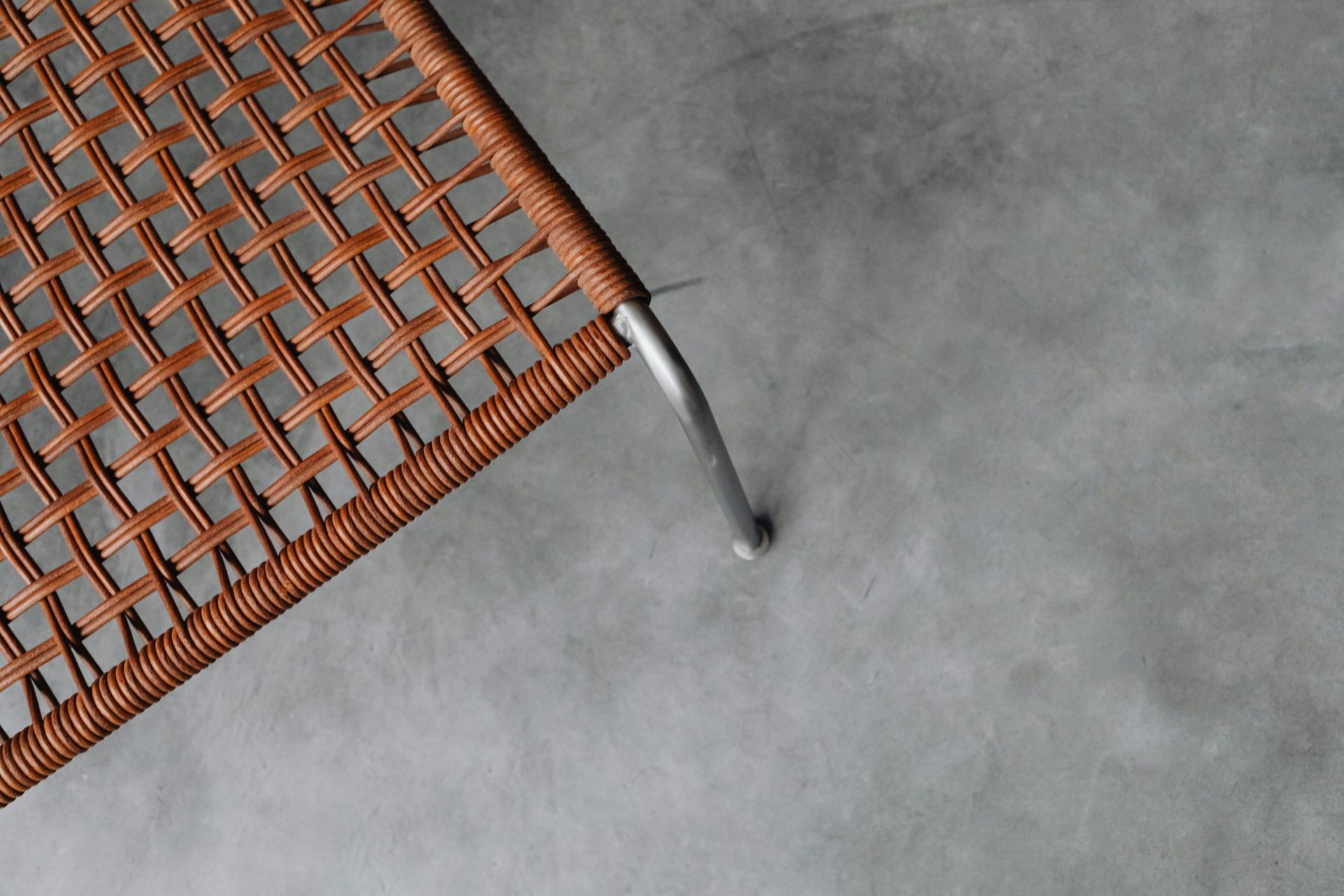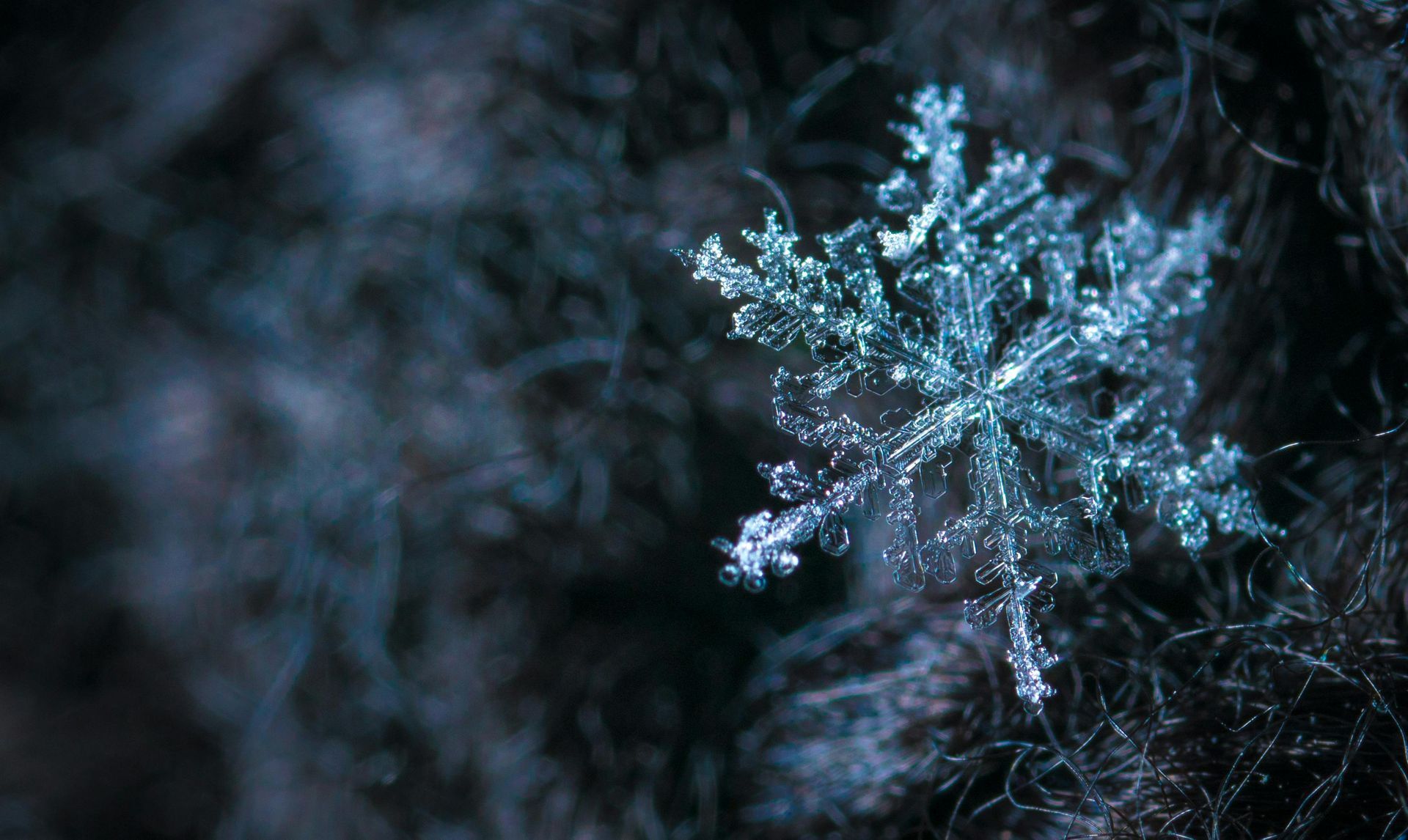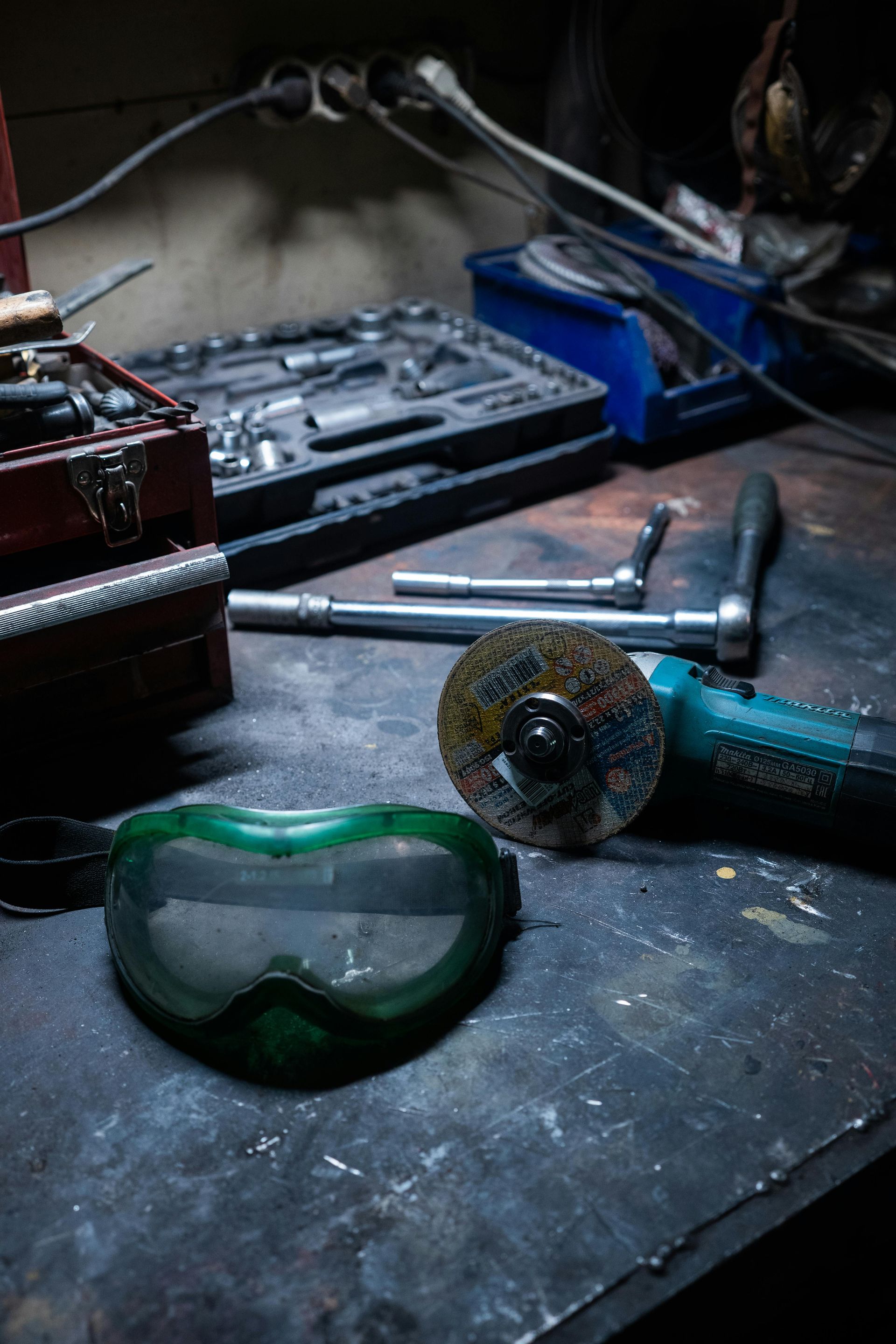A Guide to Staining Your Concrete
Plain, gray concrete serves its purpose well, but it often lacks warmth and personality. What if you could transform that functional but dull patio, walkway, or garage floor into a vibrant, elegant surface that mimics the look of rich leather, natural stone, or polished marble? That is the transformative power of concrete staining. It’s a process that turns ordinary concrete into an extraordinary design element, adding value and beauty to your home.
While staining concrete might seem like an approachable DIY project, achieving a flawless, long-lasting finish is a science and an art. The process is filled with potential pitfalls, from improper surface preparation to choosing the wrong type of stain for your environment. At Liberty Concrete, we provide expert guidance and professional services to help homeowners navigate the world of concrete staining. We ensure you get a beautiful, durable result that you will love for years to come.
Why Professional Guidance is Key for Concrete Staining
Concrete staining is not like painting a wall. The stain chemically reacts with the concrete or penetrates its pores, creating a permanent or semi-permanent color. This means that mistakes are not easily corrected. An uneven application, a poorly prepared surface, or the wrong choice of sealer can lead to a blotchy, peeling, or quickly fading finish that is costly and difficult to fix.
This is where professional guidance becomes invaluable. Our team at Liberty Concrete understands the nuances of different stain types, application techniques, and the critical importance of surface preparation. We help you avoid common mistakes and ensure every step is done correctly, from initial color selection to the final protective seal coat.
Step 1: Choosing the Right Stain and Color
The first and most exciting step is choosing the look you want to achieve. However, this choice goes beyond simply picking a color from a chart. There are two main categories of concrete stain, each with its own unique properties and ideal use cases.
Acid-Based Stains
Acid stains are the traditional choice for achieving a rich, variegated, and translucent color. They don't create a solid, opaque color like paint. Instead, an acid-based stain contains metallic salts that chemically react with the lime content in the concrete. This reaction lightly etches the surface and creates beautiful, multi-toned effects that are unique to every slab.
- Best For: Creating earthy, natural-looking tones like tans, browns, reddish-browns, and soft blue-greens.
- Appearance: Mottled, marbled, and translucent. The final look depends on the unique composition of your concrete, so no two acid-stained floors are ever identical.
- Considerations: The color palette is limited, and the outcome is less predictable, which is part of its charm. Application requires significant safety precautions due to the acidic materials.
Water-Based Stains
Water-based stains are a more modern and versatile option. They are non-reactive and work by penetrating the pores of the concrete to deposit pigment. This offers a much wider range of colors and a more consistent, uniform appearance than acid stains.
- Best For: Achieving a broader spectrum of colors, from subtle earth tones to vibrant reds, yellows, and blues. They are great for creating specific designs, patterns, or logos.
- Appearance: More opaque and uniform than acid stains, offering predictable and repeatable color.
- Considerations: Because they don't react chemically, the quality of the finish is highly dependent on the porosity of the concrete. Proper surface preparation is absolutely critical for water-based stains to bond correctly.
The experts at Liberty Concrete will help you decide which type of stain is best suited for your project, your design goals, and your specific concrete surface. We can provide samples and show you examples to help you visualize the final outcome.
Step 2: The Critical Importance of Surface Preparation
No matter which stain you choose, the success of the project hinges on one thing: meticulous surface preparation. The concrete must be completely clean, porous, and free of any contaminants that could prevent the stain from penetrating or reacting properly. This is the most labor-intensive part of the process and where many DIY projects go wrong.
Our professional preparation process includes several key steps:
- Thorough Cleaning: We start by deep cleaning the concrete to remove all dirt, grease, oil, and grime. This may involve using industrial-grade degreasers and pressure washing.
- Removing Existing Coatings: Any existing paint, sealant, or coating must be completely stripped away. We use mechanical methods like grinding or chemical strippers to ensure we get back to bare concrete. This is a crucial step because sealers will block the stain from penetrating the surface.
- Opening the Pores: For a stain to absorb properly, the concrete's pores must be open. For very smooth, hard-troweled surfaces (like a garage floor), we may need to lightly etch or grind the surface to increase its porosity. We will perform a simple water test—sprinkling a few drops of water on the surface—to see if it soaks in. If the water beads up, the surface is not yet ready for staining.
- Neutralizing and Rinsing: Especially after acid etching, the concrete must be thoroughly rinsed and neutralized to remove any residual chemicals. Any residue left behind can interfere with the stain's performance and sealer adhesion.
Step 3: The Art of Application
Applying concrete stain is a delicate art that requires precision and the right tools. The technique varies depending on the type of stain and the desired effect.
- Acid Staining: This process involves spraying the acid stain onto the concrete and often working it into the surface with a brush. The stain must be allowed to react for several hours before the residue is neutralized and cleaned off. Our team knows how to control the application to create beautiful, natural variations without creating unsightly pools or lines.
- Water-Based Staining: Water-based stains can be applied with a sprayer, a roller, or even a sponge to create different effects. Achieving a uniform color requires a consistent application technique, while a mottled or layered look can be created by applying multiple colors or using different tools. Our skilled technicians can create a wide range of custom looks to match your vision.
Step 4: Sealing for Durability and Long-Lasting Beauty
Staining gives the concrete its color, but sealing is what protects it. The sealer is a clear, protective coating that locks in the color, prevents it from fading due to UV exposure, and protects the surface from moisture, stains, and abrasion.
Choosing the right sealer is just as important as choosing the right stain.
- Acrylic Sealers: These are a popular and cost-effective choice, available in both water-based and solvent-based formulas. They provide good protection and enhance the color of the stain.
- Epoxy Coatings: For high-traffic areas like garages or commercial floors, an epoxy sealer provides superior durability, chemical resistance, and a thick, high-gloss finish.
- Urethane Sealers: Often used as a topcoat over epoxy, urethanes offer the highest level of abrasion resistance and UV stability, preventing the floor from yellowing over time.
The finish of the sealer also impacts the final look. You can choose from high-gloss, semi-gloss, satin, or matte finishes. A high-gloss sealer will dramatically enhance the color and depth, while a matte finish provides a more natural, subtle look. Liberty Concrete will help you select the perfect sealer to provide the right balance of appearance, performance, and durability for your specific needs.
Let Liberty Concrete Guide Your Staining Project
Transforming your concrete from dull to dazzling is a fantastic way to upgrade your home. By partnering with Liberty Concrete, you can be confident that the job will be done right, resulting in a beautiful and durable finish that you can enjoy for years. We take the guesswork and risk out of the process, providing professional expertise every step of the way. Ready to bring rich color and life to your concrete surfaces? Contact Liberty Concrete today for a professional consultation on our concrete staining services and expert advice!
Meta Information
Meta Title: A Homeowner's Guide to Staining Concrete | Liberty Concrete
Meta Description: Learn how to stain concrete with expert guidance. Liberty Concrete helps you choose colors, prepare the surface, and seal for a beautiful, durable finish.
You might also like
Liberty Concrete | Blog


